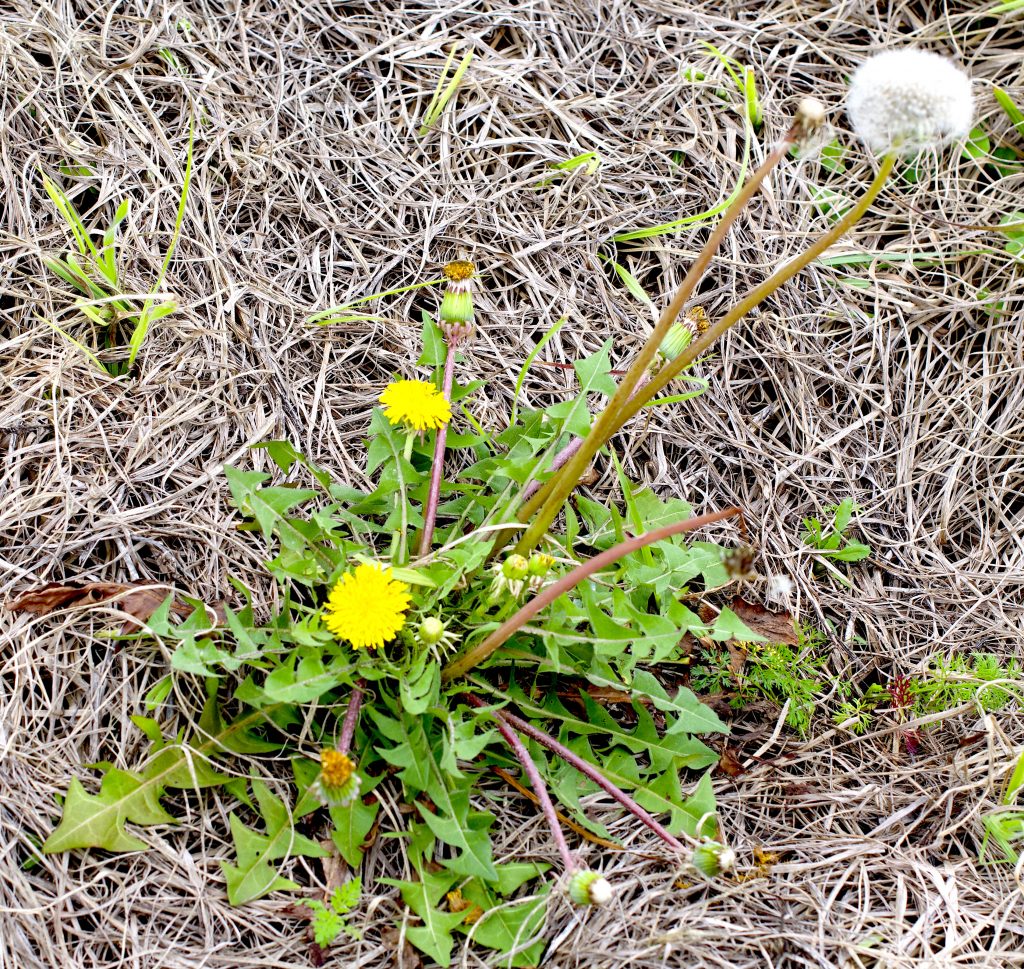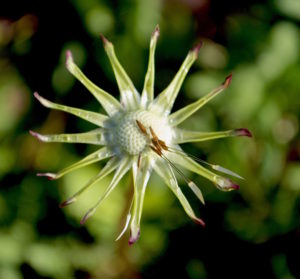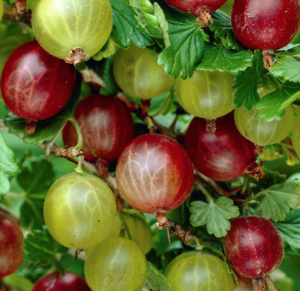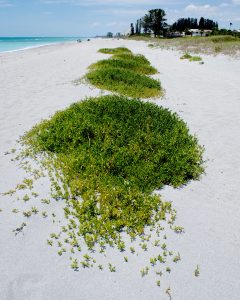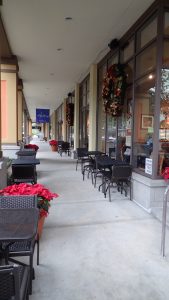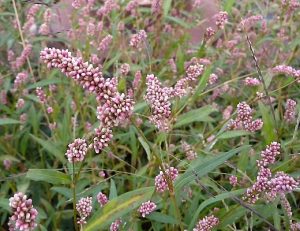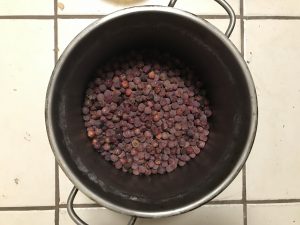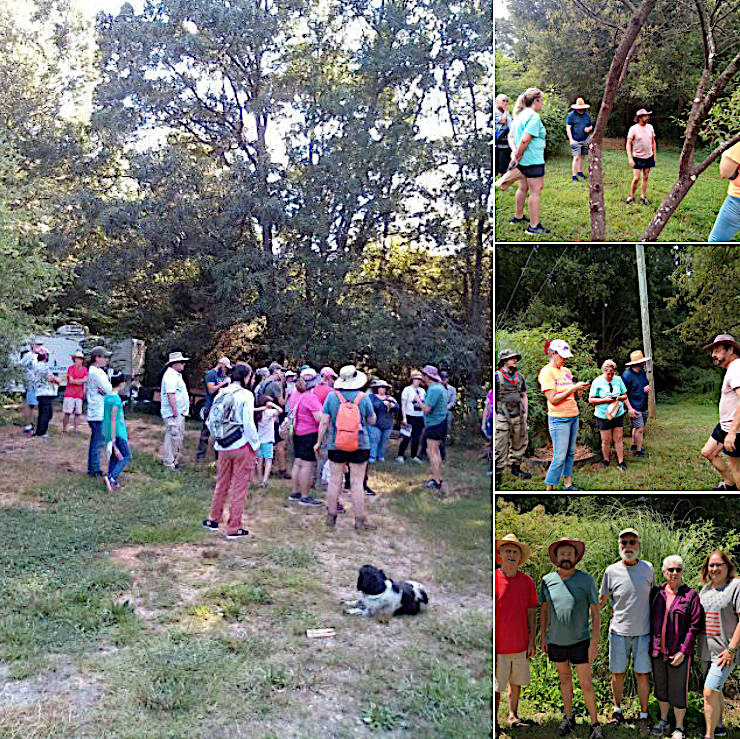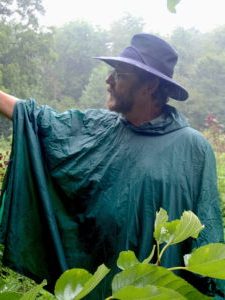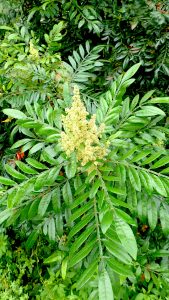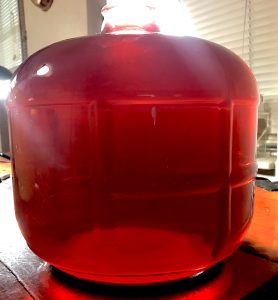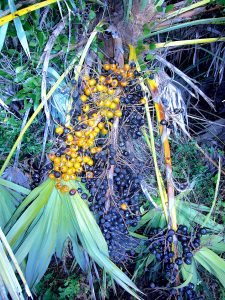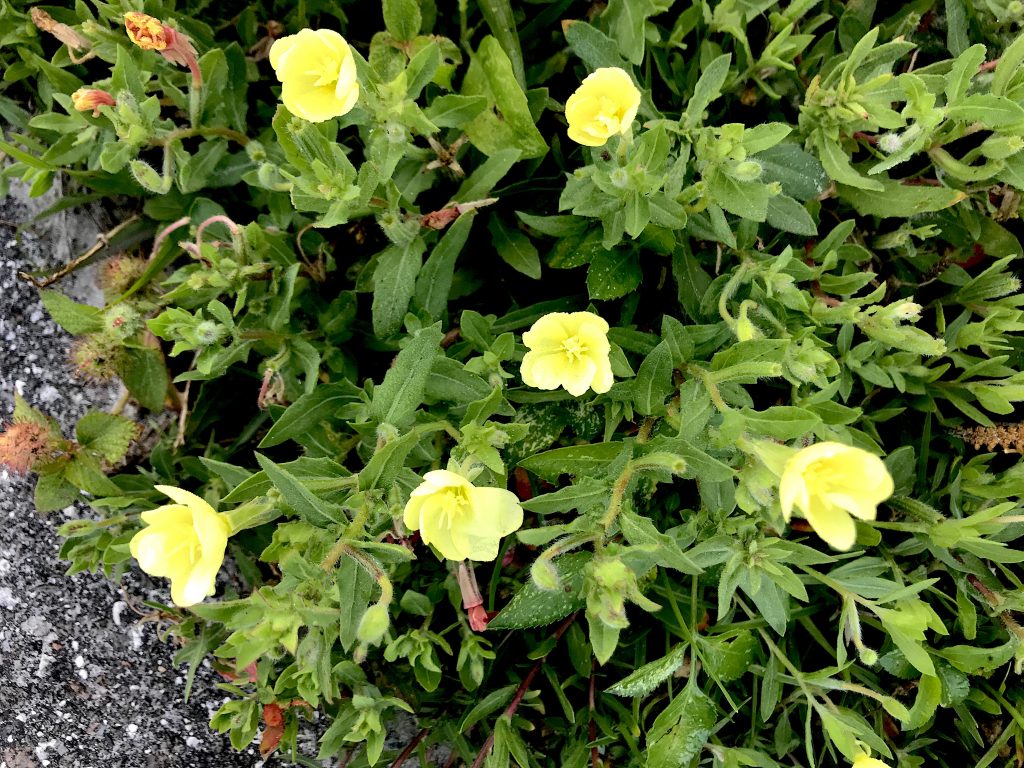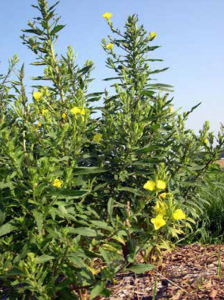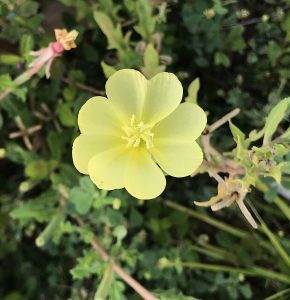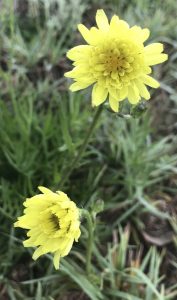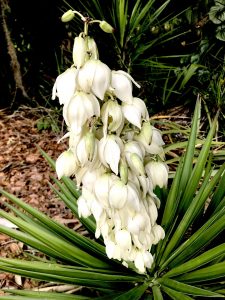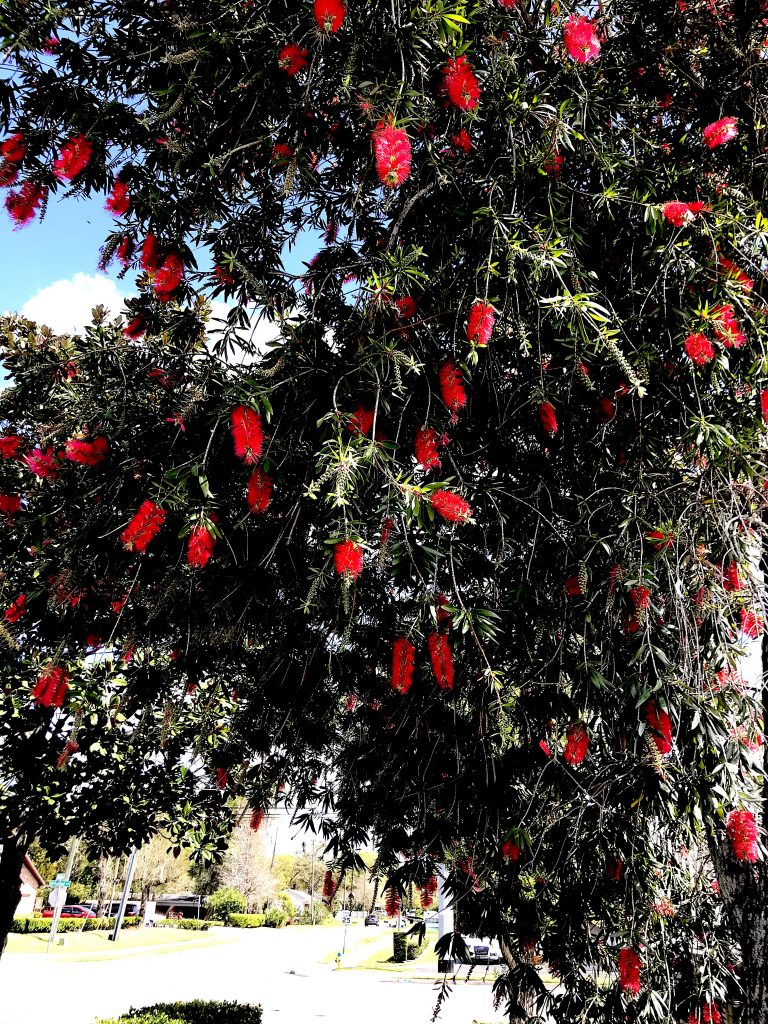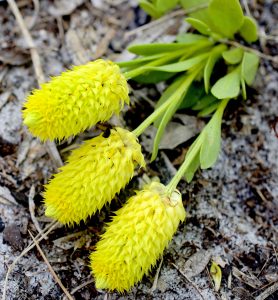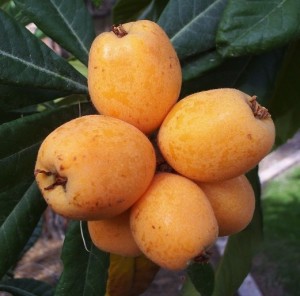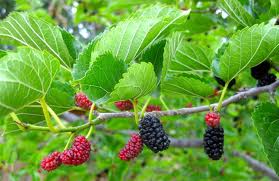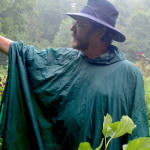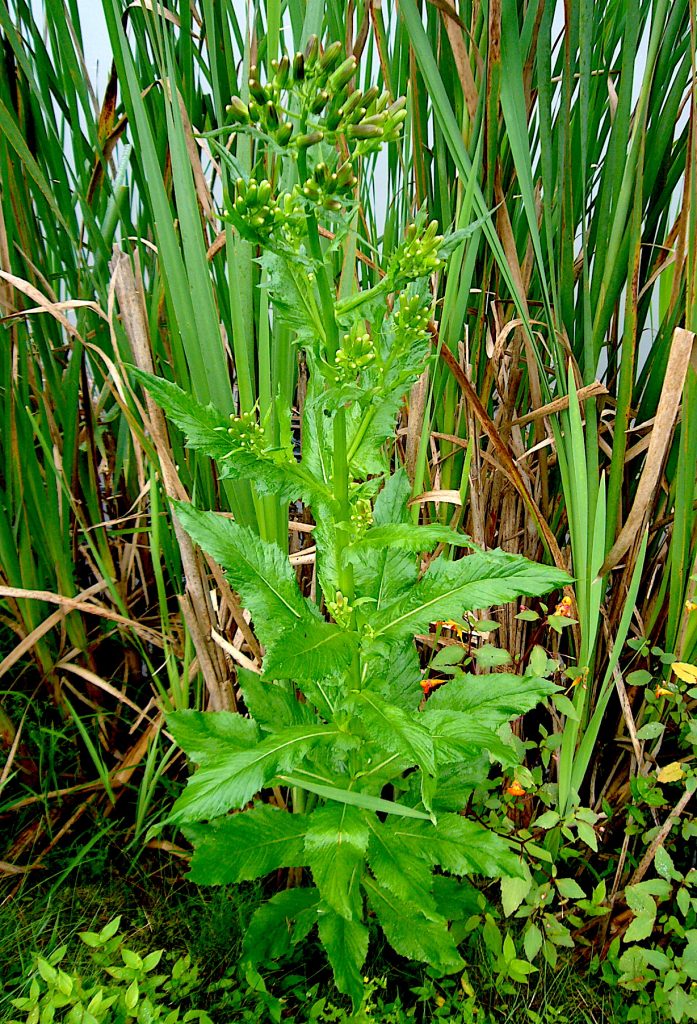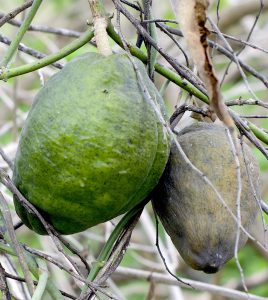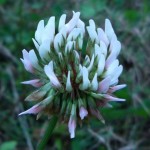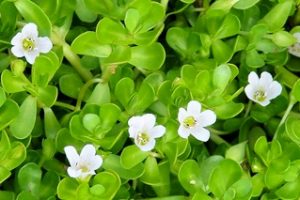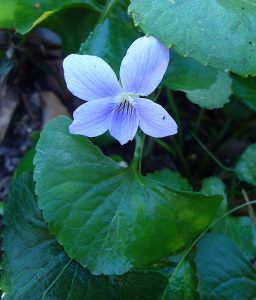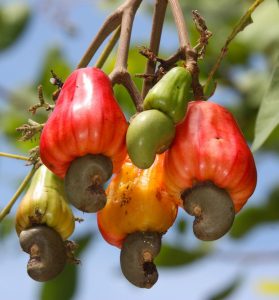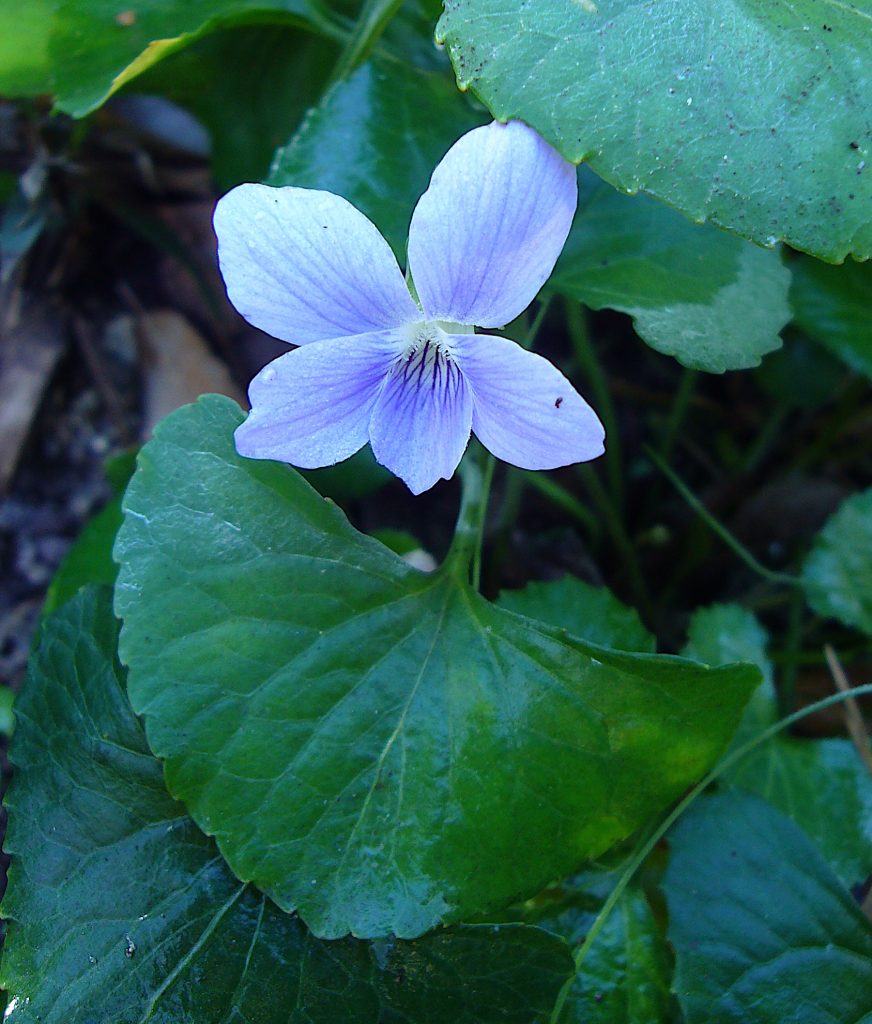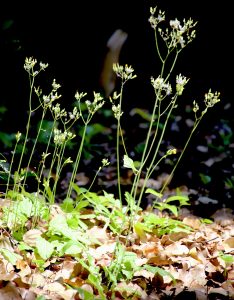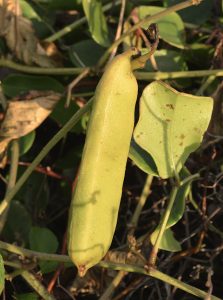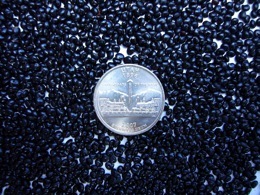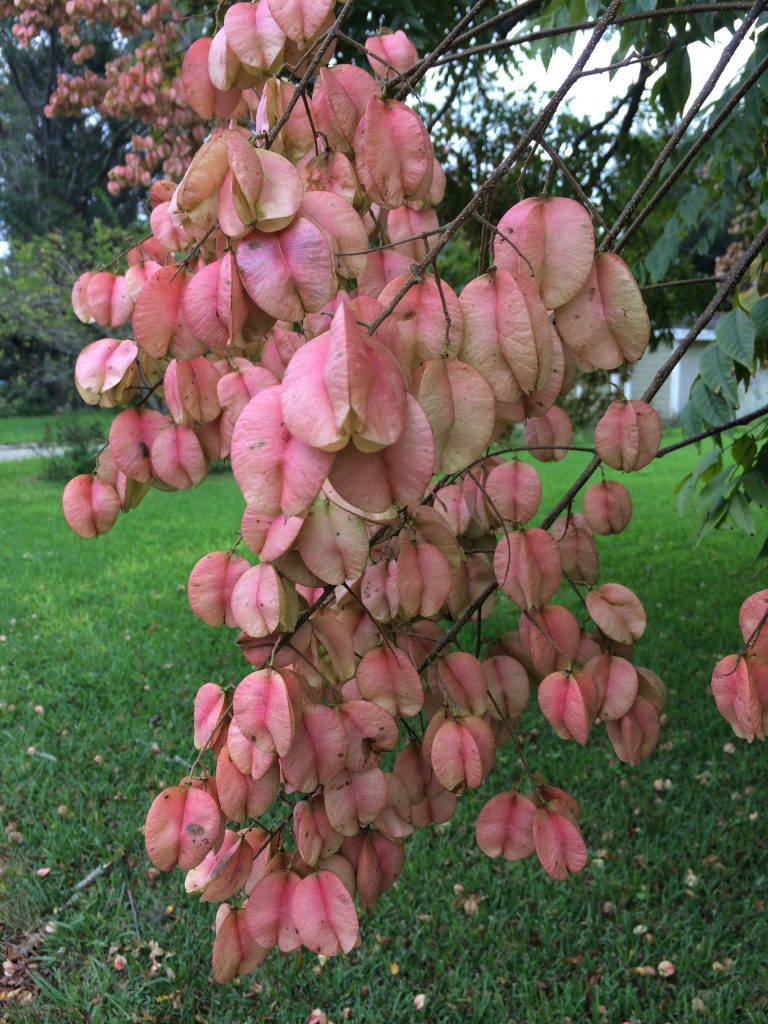
Easy to identify, difficult to remember, the Golden Rain Tree. Photo by Green Deane
My best answer is I really don’t know. One of the few plants on my site I have not personally consumed is the Golden Rain tree and that is because I think of it during the wrong time of year. it is showy now with pink seed pods. In its native area it is something of a famine food, spring time shoots are boiled and consumed. As for the cooked back seeds they are reported as edible but the contain eruric acid the same toxic oil found in Canola. It’s been causing lung cancer in Indian cooks for centuries. Eruric acid was also part of the cure for adrenoleukodystrophy in a true-life drama called Lorenz’o oil. So I am not sure I want to roast and eat the seeds.
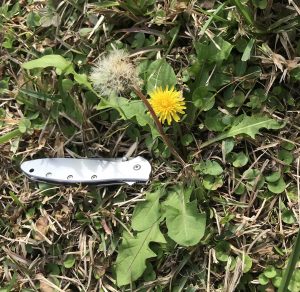
Dandelions are edible but rare here. Photo by Green Deane
This is also the time of year on might start to see dandelions locally, small ones. They don’t like Florida’s soil or climate. As winter approaches they start to blossom, find them under oak in lawn-like area. They can be quite tiny, a quarter of their northern size, and often with red leaves. A common and good substitute is False Hawk’s Beard.
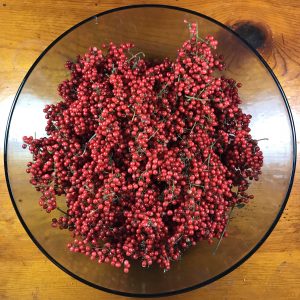
Brazilian Pepper Berries. Photo by Green Deane
Also beginning to fruit is the controversial Brazilian Pepper. I harvested 17 ounces of them Saturday during our foraging class in Port Charlotte. At one time it was heavily promoted as the “Florida Holly” ignoring that the state has many native hollies. Its berries are often confused with a relative called Pink Peppercorns. In fact “Pink Peppercorns” were banned from the United States for several years because authorities thought they were the same species as Brazilian Pepper. As for using the Brazilian Pepper berries as spice, clearly some people can without any problems. Other people get extremely sick trying them just once. Some people can use them for a few days or weeks without a problem and then get ill. As I tell my students in foraging classes, you’re on your own with this one. So what am I going to to with them? Either one test gallon of wine, or, use them to flavor a gallon or two of mead (as they make a nice honey.) I haven’t made up my mind.
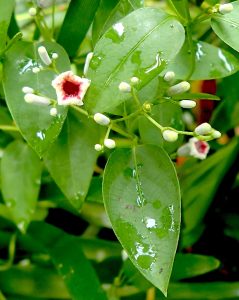
Skunk Vine lives up to its name. Photo by Green Deane
Perhaps as a last gasp — virtually — some Skunk Vine was blossoming this past week (along with some Black Cherries. Skunk Vine is aptly named though its aroma drifts more towards bathroom than skunk. However the tough vine is something of a nutritional powerhouse with some of the good chemicals one finds in the Brassica family. You can eat it raw but if you cook it outside is recommended. Oddly it was intentionally brought to Florida to make rope. This was done just before 1900 when a lot of ships were still carrying sails and miles of rope. Ground zero was the USDA Brooksville Field Station in Hernando County Fl. Yes, this invasive vine — like many other species — was imported by the United States Department of Agriculture. Thirty-six years later it was all over Florida but it took until 1977 for it to be a recognized invasive (long after it had crawled into other southern states.) While the blossoms are attractive we eat only the leaves and young tips. You can read about Skunk Vine here.
The weather should be good for classes this weekend, near Orlando and Jacksonville.

Foraging classes are held rain or shine, heat or cold. Photo by Nermina Krenata
Saturday November 12th, Blanchard Park, 10501 Jay Blanchard Trail, Orlando, FL 32817. 9 a.m.
Sunday November 13th, Florida State College, south campus, 11901 Beach Blvd., Jacksonville, 32246. 9 a.m.
Sunday November 19th, Red Bug Slough 5200 S. Beneva Road, Sarasota, 9 a.m.
Sunday November 20th, George LeStrange Preserve, 4911 Ralls Road, Fort Pierce, FL, 34981. 9 a.m.
FRIDAY December 23rd: 12th Urban Crawl t is also time to mark your calendar for my 12th annual Urban Crawl. It will be Friday December 23rd at 10 a.m. in Winter Park, Florida. We meet in front of Panera’s. It’s difficult to believe I’ve had that walk for twelve years now. The Urban Crawl is free to all.
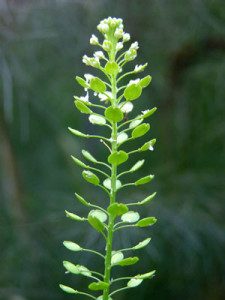
This seasonal mustard has a spicy flavor. Photo By Green Deane
Poor Man’s Peppergrass. This Wasabi taste-alike definitely favors the cooler months and can be found everywhere locally. The most difficult thing about Peppergrass is that it always looks different in warmer climates. In northern areas it’s a two-year plant and is either a basal rosette of leaves or a seeding flower spike. Because seasons are amorphous locally it can be in any stage any time. So you might find it low with big, wide leaves, or tall with skinny leaves. You just have to learn to recognize it in all of its growth stages. One constant theme is that is always tastes the same though younger plants tend to have a stronger flavor than older plants. To read more about Peppergrass click here.

You get the USB, not the key.
Changing foraging videos: As my WordPress pages are being updated the video set will go away. They are the same videos I have on You Tube. Some people like to have a separate copy. The DVD format, however, is becoming outdated. Those 135 videos plus 36 more are now available on a USB drive. While the videos were played from the DVDs the videos on the USB have to be copied to your computer to play. They are MP4 files. The 171-video USB is $99. If you make a $99 “donation” using the link at the bottom of this page or here, that order form provides me with your address, the amount — $99 — tells me it is not a donation and is for the USB.
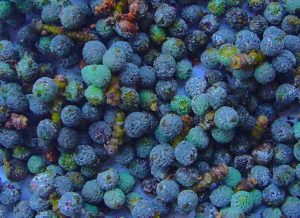
Southern Wax Myrtle Berries. Photo by Green Deane
Just because you can do something doesn’t mean you should. Can you make a bayberry candle? Absolutely. Should you? If you have to, yes. If not you might want to reconsider. Southern Wax Myrtle berries are small. They have a little wax on them which is why the species name is cerifera — wax producing. But it takes many gallons and a lot of hot work to get enough bayberry wax to mix with tallow (75/25) to make the famous smokeless candle that keeps away insects. No doubt a hundred years ago it was worth it. Not so much today. But, you can use the dried berries as a spice and the leaves like bay leaves or to make a tea. To read more about the Southern Wax Myrtle go here.
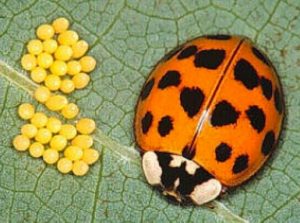
Ladybug and Eggs
While harmless to humans, masses of the multi-colored invaders are deemed a nuisance when they slip in homes through cracks around doors and windows. They can also stain curtains, upholstery and walls if squashed. A spike in the ladybug population is typical this time of year as they fly out of the farm fields where they help control other insects and seek a warm place to spend the winter. In their native Asia — yes Ladybugs are not native — they usually overwinter in cliffs. The absence of cliffs attracts them to buildings. Mild winters followed by rainy springs can create the perfect environment for the species — the Multicolored Asian Lady Beetle — to flourish. Ladybugs are not edible but if you want to know about edible insects go here.
This is weekly newsletter #530. If you want to subscribe to this free newsletter you can find the sign-up form in the menu at the top of the page.
To donate to the Green Deane Newsletter click here.

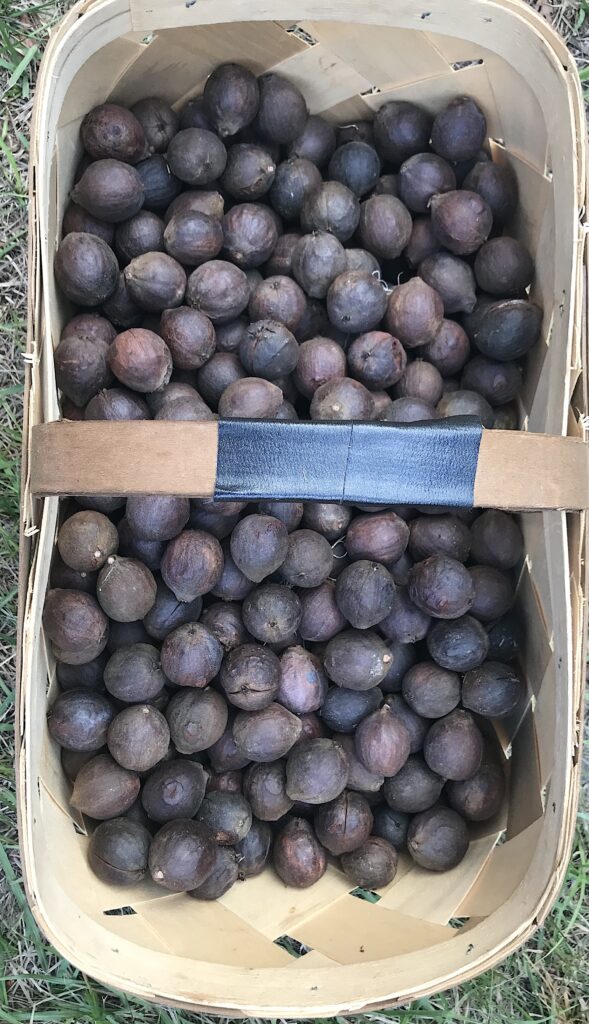
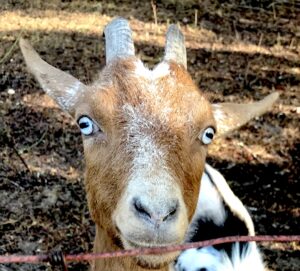
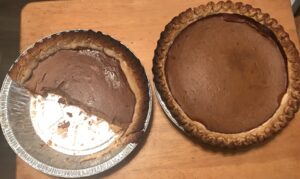
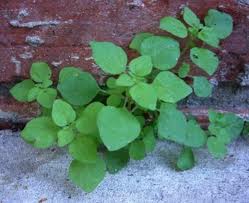
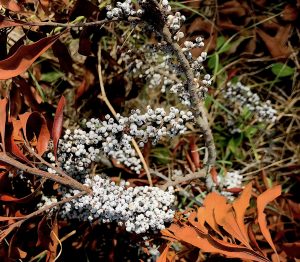
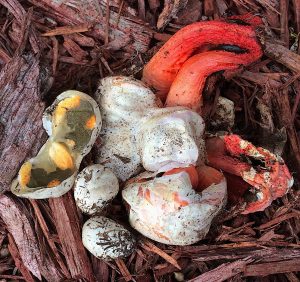
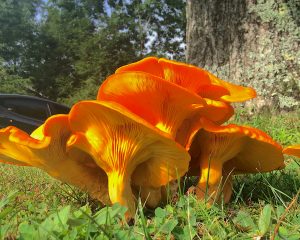

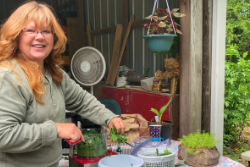
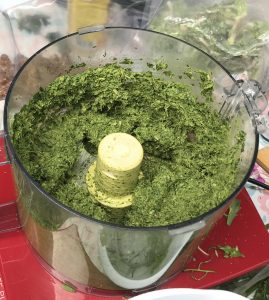
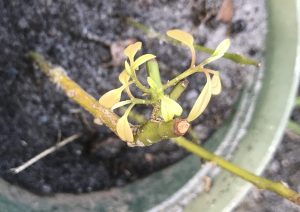
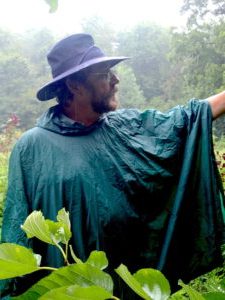

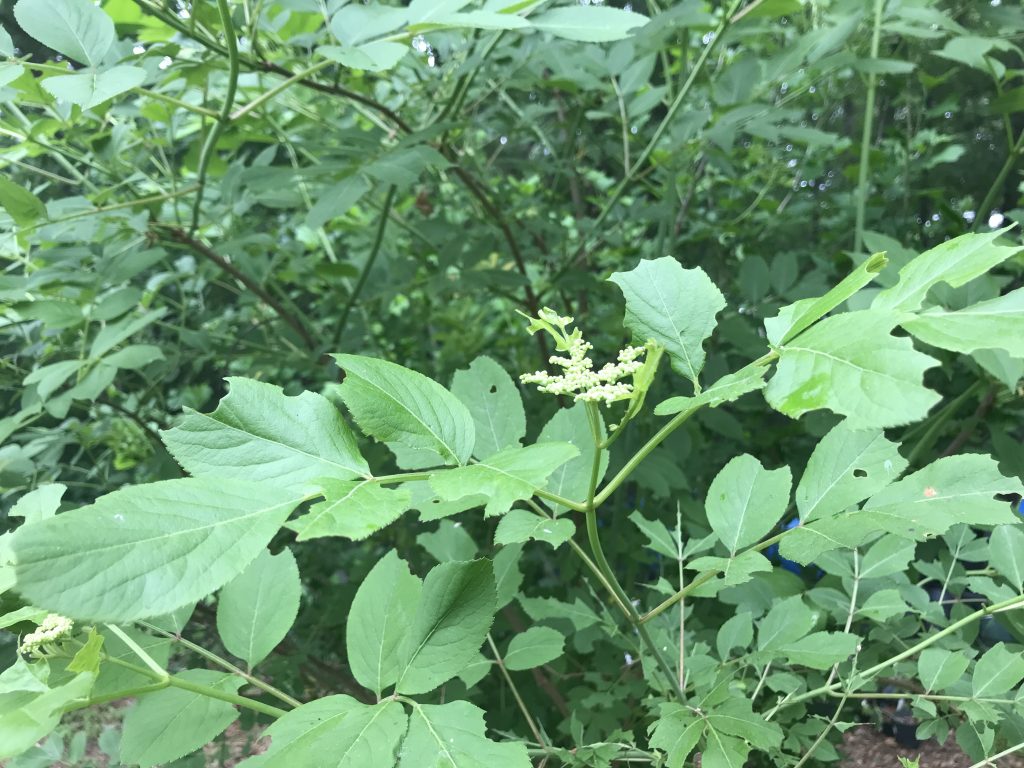
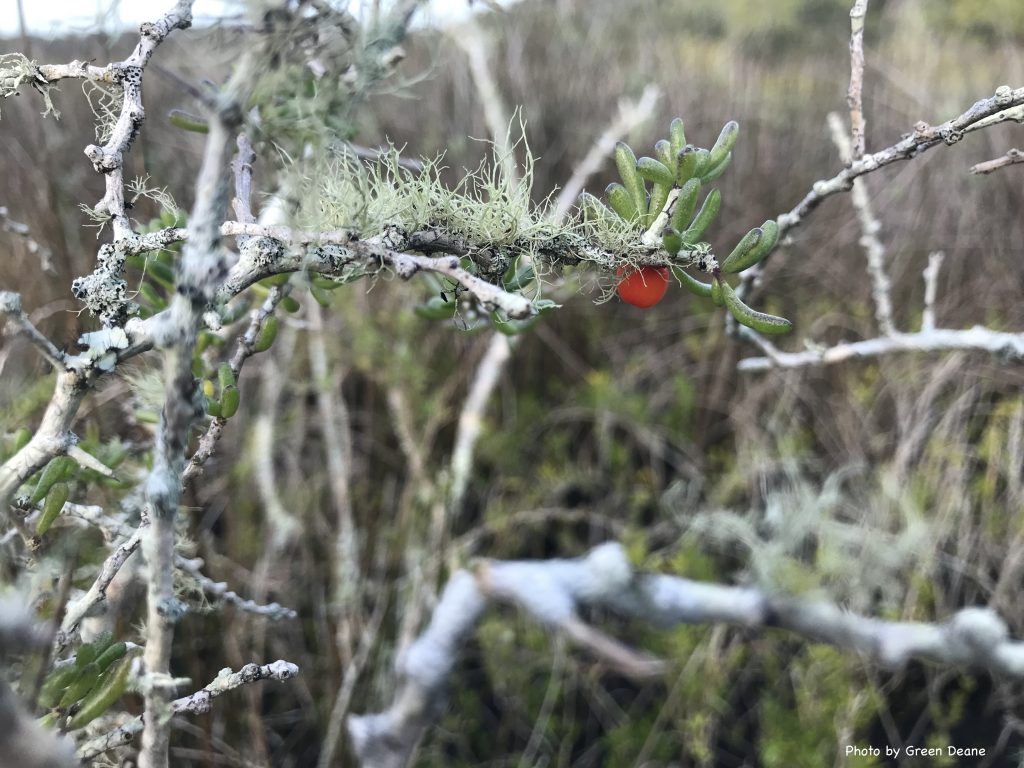
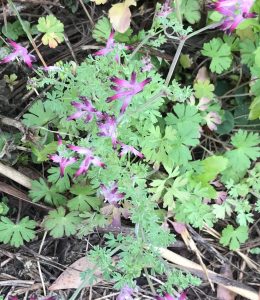
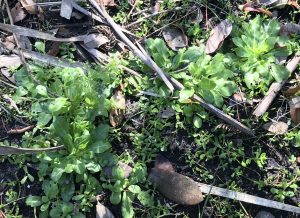

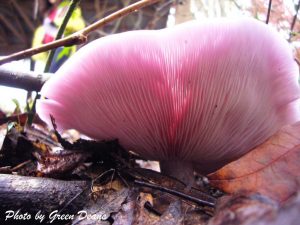
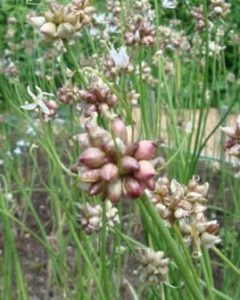

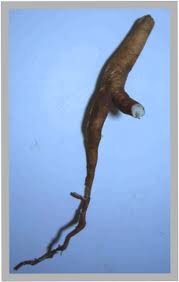
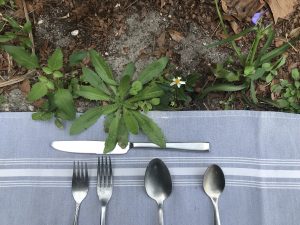 The exchange led me to wonder what was missing? Or better still, what is, as they used to say, the operant factor? That factor is for most people food comes from a quick stop shop or a grocery store. most people don’t cook any more let alone forage or raise food. In that way of thinking food does not come out of the ground in your suburban back yard. Even gardeners are viewed as a throwback and a tad eccentric. Here is someone who has a replenishing pantry of a staple crop that must be gotten rid of. Those spurge nettle roots easily could represent hundreds of pounds of wholesome, tasty, food most of the year that does not have to be purchased or stored. Perhaps it’s time to consider a different approach: Train the dog and kids to stay away from the plants,the stinging plant is doing its best but it’s not enough. To read about the spurge nettle
The exchange led me to wonder what was missing? Or better still, what is, as they used to say, the operant factor? That factor is for most people food comes from a quick stop shop or a grocery store. most people don’t cook any more let alone forage or raise food. In that way of thinking food does not come out of the ground in your suburban back yard. Even gardeners are viewed as a throwback and a tad eccentric. Here is someone who has a replenishing pantry of a staple crop that must be gotten rid of. Those spurge nettle roots easily could represent hundreds of pounds of wholesome, tasty, food most of the year that does not have to be purchased or stored. Perhaps it’s time to consider a different approach: Train the dog and kids to stay away from the plants,the stinging plant is doing its best but it’s not enough. To read about the spurge nettle 